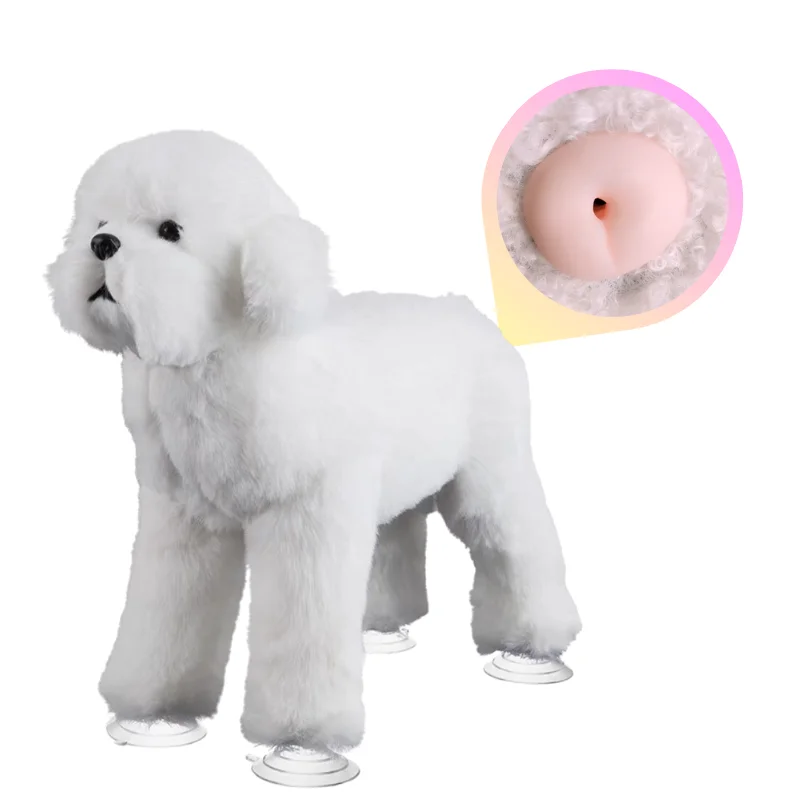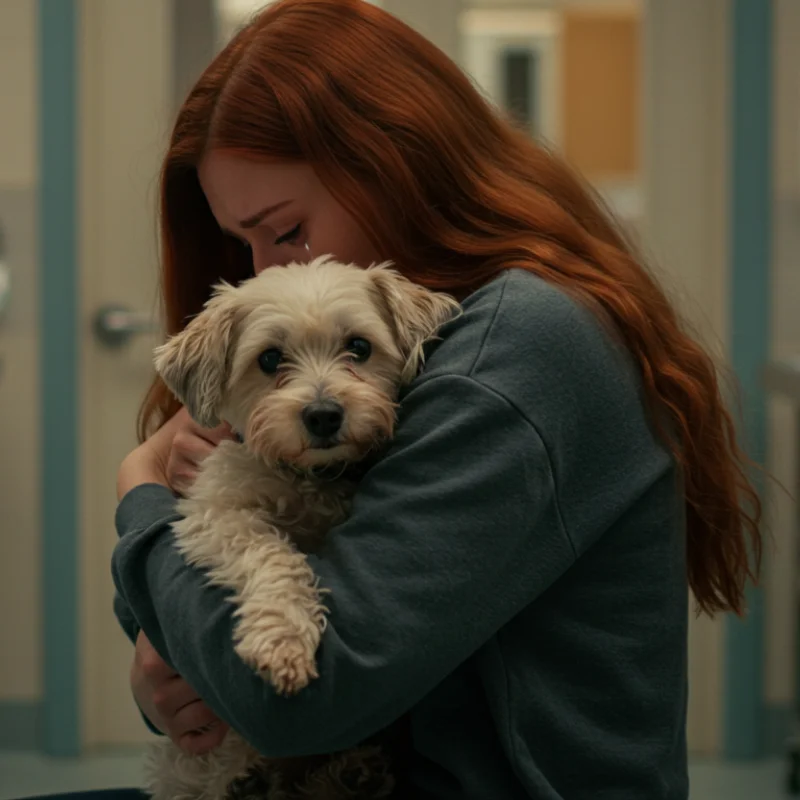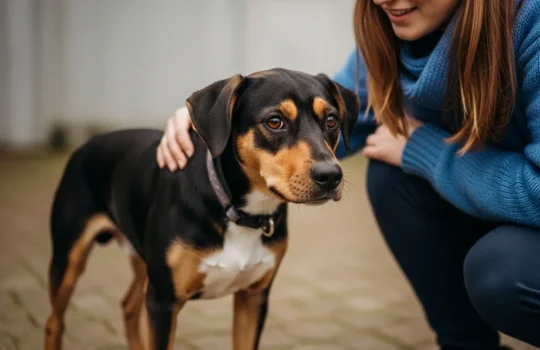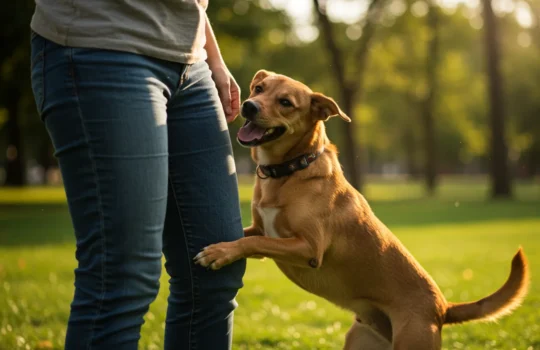Alternatives to Neutering and Spaying & The Risks of Dog Neutering

When considering spaying or neutering your male dog, it’s natural to feel uncertain. After all, this decision impacts your dog’s health and overall happiness. Let’s explore the pros and cons of alternative solutions to manage your dog’s mating behavior.
1. Vasectomy: A Better Surgical Option 🛠️
A vasectomy is a procedure worth considering. This method allows your dog to retain his male characteristics while preventing unwanted breeding. Post-surgery, dogs often become calmer and less impulsive, without compromising their natural behavior or social interactions.
When is the right time for a vasectomy?
1.1 Male dogs are typically eligible for vasectomy after 6–8 weeks of age, while females can consider sterilization around 8–9 months.
1.2 For optimal results, many experts suggest performing sterilization at 4–6 months.
1.3 Dogs require a recovery period of 5–7 days post-surgery, so ens ure they are healthy and infection-free before undergoing the procedure.
1.4 Avoid surgery if your dog is actively in heat or battling health conditions to prevent complications like uterine inflammation or blocked fallopian tubes.
1.5 Wait at least six months after neutering before considering another procedure, as reproductive systems continue to develop during this period.
2. Dog Hump Toy: The Most Natural and Healthy Solution 🐾
For a completely non-invasive option, the Hump Toy offers an ideal alternative. Unlike spaying or neutering, this toy helps manage your pet’s mating instincts naturally and without surgery or medication.
Why choose the Hump Toy?
2.1 Non-Surgical: Avoid the costs, risks, and recovery time of surgical procedures.
2.2 Natural Relief: Satisfies your dog’s instincts without altering their biology.
2.3 Stress-Free Solution: Helps your pet stay calm and happy without chemical medications.
2.4 Reusable & Safe: Crafted from pet-safe materials, this toy is durable and designed for repeated use.
3. Castration: The Last Resort ⚔️
The question is often asked“Does neutering a dog increase risk of cancer?”
While castration is an effective way to eliminate unwanted breeding behavior, it’s often considered the least favorable option. This invasive surgery permanently alters your dog’s biology and can increase the risk of health issues like prostate cancer or hemangiosarcoma. Additionally, certain breeds with a genetic predisposition to aggression, such as Golden Retrievers and Cocker Spaniels, may exhibit heightened aggression after castration.
Before proceeding, it’s crucial to weigh the risks.
For more details on the potential risks of spaying and neutering, refer to this article:
How Spaying and Neutering Affect Health.
By understanding the advantages and drawbacks of each option, you can make the best decision for your dog’s well-being. Whether it’s a vasectomy, a Hump Toy, or another solution, always prioritize your pet’s health and happiness.








